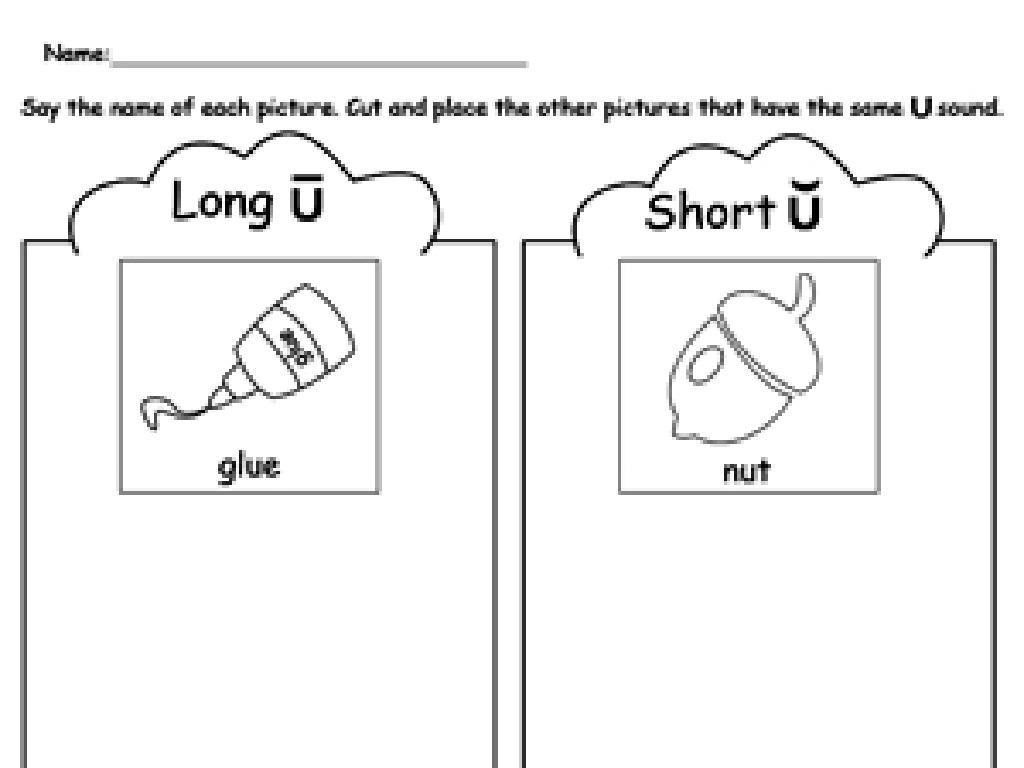The Mauryan Empire
Subject: Social studies
Grade: Sixth grade
Topic: Ancient South Asia
Please LOG IN to download the presentation. Access is available to registered users only.
View More Content
Exploring The Mauryan Empire
– Ancient South Asia’s glory
– Unveiling the Mauryan Empire
– One of the largest empires in India, founded by Chandragupta Maurya
– Significance in history
– First empire to unify most of South Asia, setting foundations for future Indian civilizations
– Mauryan Empire’s achievements
– Pioneered political, economic, and cultural advancements
|
This slide introduces students to the grandeur of Ancient South Asia, with a focus on the Mauryan Empire. Emphasize the vastness of the empire and its role in shaping the region’s history. Discuss Chandragupta’s founding of the empire and its expansion under Ashoka the Great. Highlight the empire’s significance as a unifying force in South Asia and its lasting impact on culture, politics, and economics. Mention the spread of Buddhism under Ashoka and the creation of a centralized government. Encourage students to think about how the achievements of the Mauryan Empire might still influence life in South Asia today.
Rise of the Mauryan Empire
– Chandragupta, empire founder
– Chandragupta Maurya overthrew the Nanda dynasty to establish the empire.
– Establishment of the empire
– Unified large parts of India under a central government for the first time.
– Expansion under Chandragupta
– Chandragupta expanded his territory through conquest and alliances.
– Mauryan rule in ancient India
|
This slide introduces the Mauryan Empire, which was the first large-scale empire in ancient India and was founded by Chandragupta Maurya. Discuss Chandragupta’s rise to power, including his overthrow of the Nanda dynasty and subsequent unification of India. Highlight the empire’s expansion, which included a series of military conquests and strategic alliances. Emphasize the significance of Chandragupta’s rule in establishing a centralized government and a structured administrative system that influenced the future of governance in India. Encourage students to consider the challenges of ruling such a vast empire and the impact of Chandragupta’s leadership on the region’s history.
Administration of the Mauryan Empire
– Centralized government structure
– The Mauryan government was highly organized with a king at the top.
– Emperor’s role with his council
– The emperor made decisions with advice from a group of trusted ministers.
– The Arthashastra by Chanakya
– A detailed guide on statecraft and economic policy, written by the emperor’s advisor.
– Bureaucracy in the empire
– A system of officials carried out the day-to-day governance.
|
The Mauryan Empire was known for its structured and centralized form of government, which was a novel concept at the time. The emperor, often seen as a divine figure, was at the helm of the empire, supported by a council of ministers who helped in decision-making. The Arthashastra, written by Chanakya, the emperor’s advisor, is a significant ancient text that outlines political strategy, economics, and military tactics. It serves as a testament to the advanced level of governance and bureaucratic administration that existed during the Mauryan era. The bureaucracy was responsible for implementing the emperor’s orders and policies throughout the vast empire. Encourage students to compare the Mauryan administrative system with modern-day government structures.
Ashoka the Great: A Transformational Leader
– Ashoka’s rise to power
– Ashoka, born a prince, became emperor after a struggle for succession.
– The pivotal Kalinga War
– The Kalinga War’s brutality led Ashoka to profound remorse and change.
– Ashoka’s embrace of Buddhism
– After witnessing war’s horrors, Ashoka converted to Buddhism for solace.
– Spreading peace and dharma
– Ashoka promoted non-violence and moral living across his vast empire.
|
Ashoka the Great’s story is one of transformation from a power-hungry ruler to a benevolent emperor. His early life was marked by a fierce struggle to ascend the throne amidst royal competition. The Kalinga War proved to be a turning point in Ashoka’s life; the immense suffering and loss of life caused him to reconsider his path. His subsequent conversion to Buddhism marked a shift towards non-violence and peace. Ashoka’s dedication to spreading the principles of Buddhism, such as compassion and ethical behavior, led to a period of prosperity and cultural flourishing in the Mauryan Empire. Encourage students to reflect on how personal experiences can lead to profound changes in a person’s values and actions.
Cultural Achievements of the Mauryan Empire
– Mauryan art and architecture
– Pillars, stupas, and palaces show Mauryan skill.
– Buddhism’s expansion under Maurya
– Buddhism spread through missions and royal support.
– Ashoka’s Edicts
– Stone pillars and walls with inscriptions by Emperor Ashoka.
– Messages of peace and governance
– Promoted ethical governance, non-violence, and welfare.
|
This slide highlights the rich cultural heritage of the Mauryan Empire, which is renowned for its contributions to art and architecture, evident in the construction of intricate pillars, stupas, and palaces. The period also saw the widespread propagation of Buddhism, largely due to the support of the Mauryan rulers, especially Emperor Ashoka. Ashoka’s Edicts, inscribed on pillars and walls, serve as historical records that offer insights into his philosophy of governance, emphasizing ethical rule, non-violence, and public welfare. These edicts also reflect the moral and spiritual values that were propagated during his reign. Discuss with students how culture and religion can influence the governance and values of a society, and encourage them to think about the impact of such cultural achievements on the modern world.
The Decline of the Mauryan Empire
– Factors leading to decline
– Economic issues, battles, and weak successors
– Post-Ashoka succession issues
– Ashoka’s successors couldn’t maintain unity
– The empire’s fall
– Centralized control weakened, leading to fragmentation
– Mauryan legacy in history
– Influenced culture, politics, and economy in South Asia
|
This slide aims to explain the complex reasons behind the decline of the Mauryan Empire, emphasizing the economic troubles, the lack of strong leadership after Emperor Ashoka, and the eventual disintegration of centralized control. Discuss the succession issues after Ashoka, highlighting how the empire struggled to maintain the unity and strength it once had. It’s important to convey the lasting impact of the Mauryan Empire on South Asian history, including its cultural, political, and economic influences. Encourage students to think about how empires rise and fall, and what legacy they leave behind. This will help them understand the significance of the Mauryan Empire beyond its existence.
Class Activity: Role-Play the Mauryan Empire
– Divide into groups for role-play
– Assign historical roles to each group
– Chandragupta, Ashoka, citizens, and others
– Enact key Mauryan Empire events
– Choose events like Ashoka’s conversion to Buddhism or the Kalinga War
– Discuss the emotional impact of events
– Reflect on the perspectives of different characters
|
This activity aims to immerse students in the history of the Mauryan Empire through role-play. By taking on roles such as Chandragupta, the founder of the empire, Ashoka, his grandson, and various citizens, students will gain a deeper understanding of the social and political dynamics of the period. Encourage each group to research their characters and events to accurately portray them. Possible events for enactment include the founding of the empire, Ashoka’s conversion to Buddhism, and the Kalinga War. After the role-play, facilitate a discussion on the emotional responses individuals may have had during these events, fostering empathy and a connection to the historical figures. Provide guidance on how to conduct the role-play and ensure a respectful and inclusive environment for all students.
Reflecting on the Mauryan Empire
– Key learnings about the Mauryan Empire
– Expansive territory, Ashoka’s rule, and cultural developments
– Significance of studying ancient empires
– Understanding foundations of modern civilization and governance
– Mauryan influence on today’s world
– Legal systems, urban planning, and religious spread like Buddhism
|
This slide aims to consolidate the students’ understanding of the Mauryan Empire and its lasting impact on the world. Encourage students to reflect on the vastness of the empire, the significance of Emperor Ashoka’s conversion to Buddhism, and the cultural advancements made during this period. Discuss why learning about ancient empires like the Mauryan can provide insights into the development of modern governance, social structures, and cultural norms. Highlight how the Mauryan Empire’s contributions to legal systems, city planning, and the spread of Buddhism have influenced contemporary society. Facilitate a discussion that allows students to express their thoughts and draw connections between past and present.
Homework: Exploring The Mauryan Empire
– Essay on Ashoka’s Edicts impact
– Discuss how Ashoka’s messages influenced society and governance.
– Timeline of Mauryan Empire events
– Include Chandragupta’s founding, Ashoka’s reign, and the empire’s fall.
– Research Mauryan trade routes
– How did trade routes contribute to the empire’s economy and culture?
– Share findings in next class
|
This homework assignment aims to deepen students’ understanding of the Mauryan Empire’s historical significance. The essay on Ashoka’s Edicts will help students analyze the role of leadership and governance in shaping society. Creating a timeline will provide a visual representation of the empire’s major events, enhancing their grasp of historical chronology. Researching trade routes will illustrate the empire’s economic reach and cultural exchanges. Encourage students to use a variety of sources for their research to get a comprehensive view. In the next class, students will have the opportunity to present their work, fostering a collaborative learning environment where they can learn from each other’s findings.






